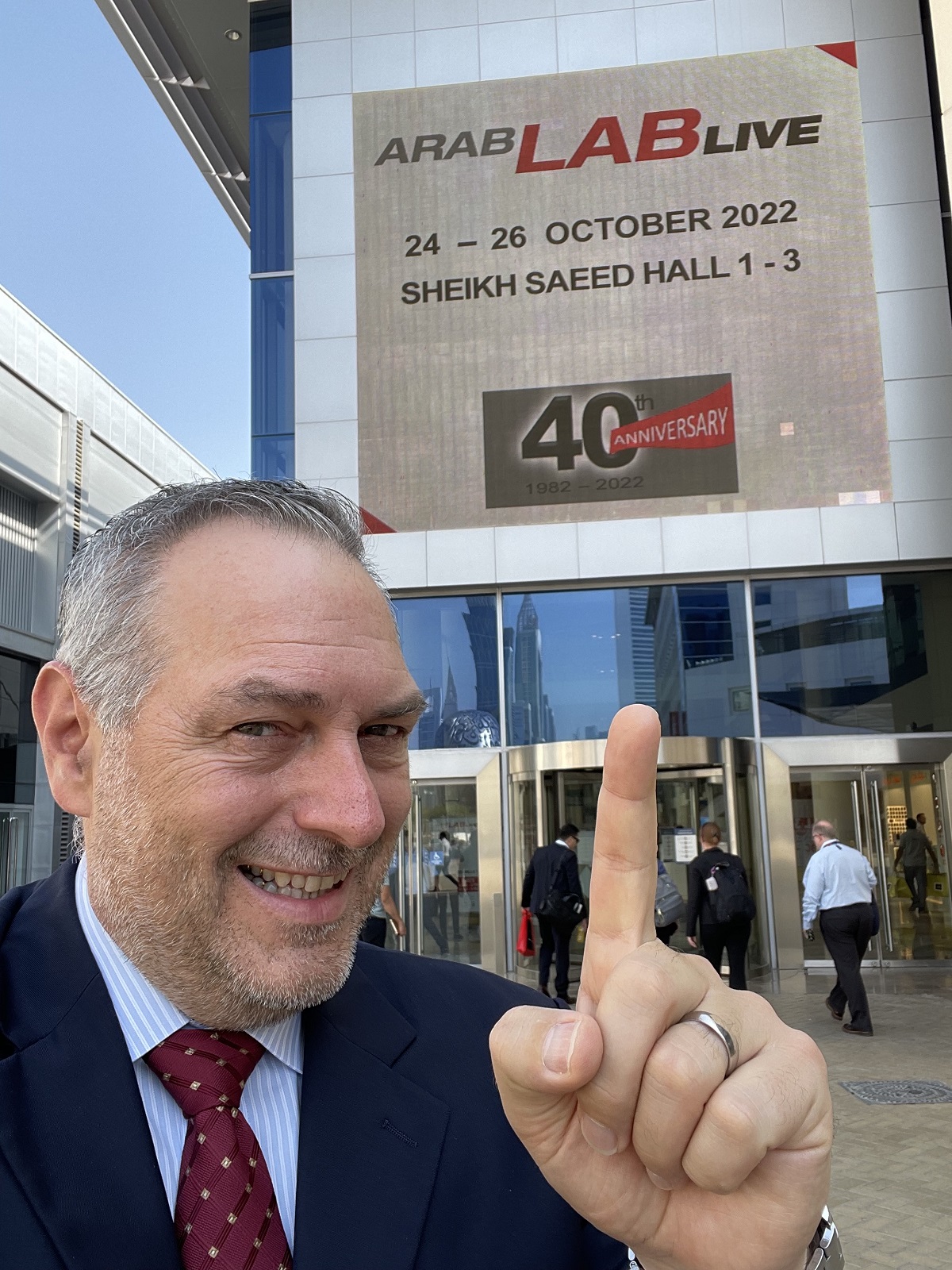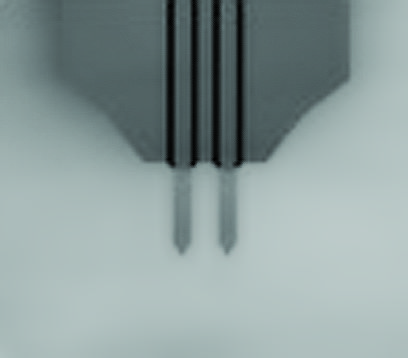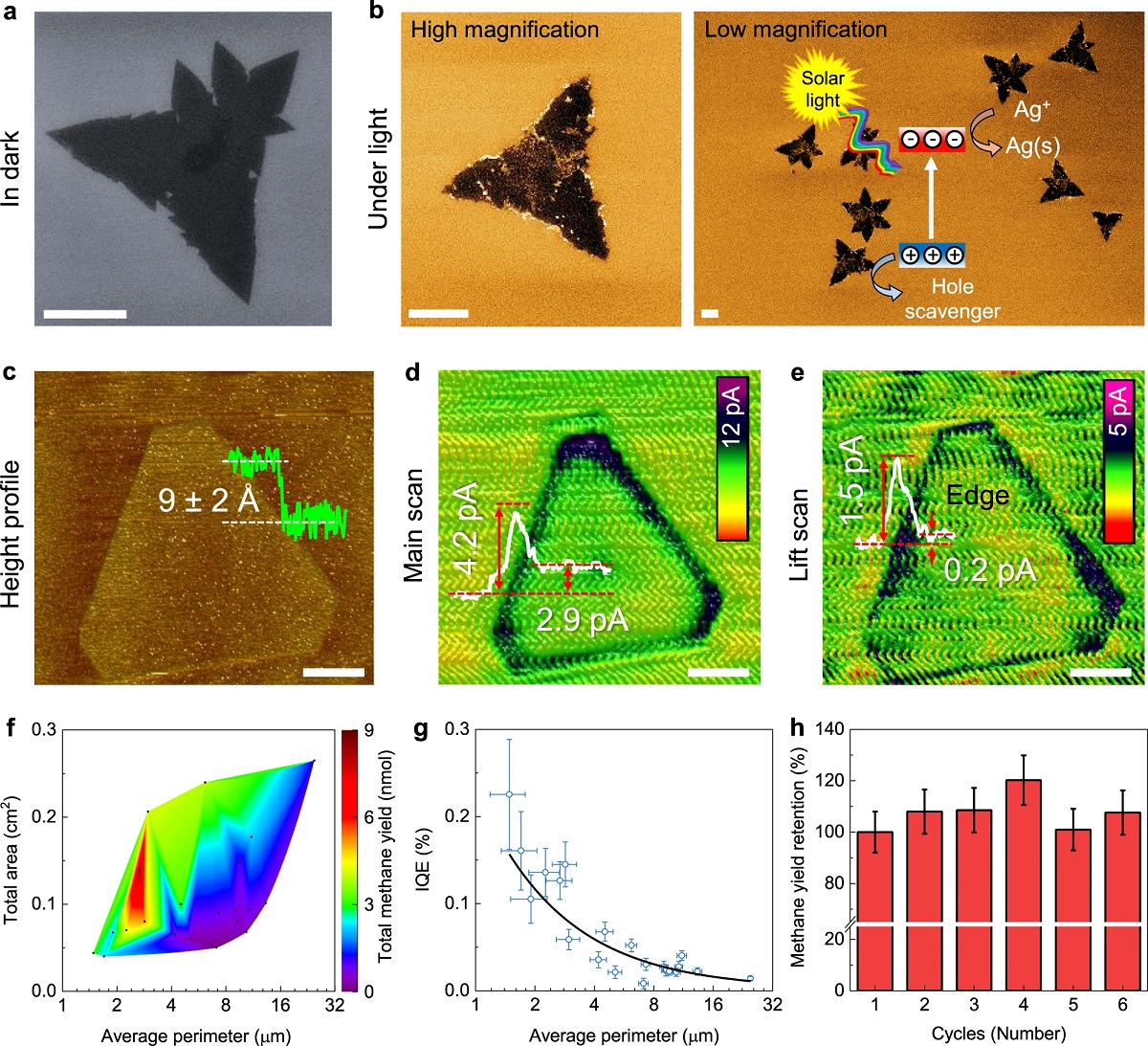NanoWorld AG CEO Manfred Detterbeck is @arablab which is currently being held from 24 – 26 October 2022 at Dubai World Trade Centre. Will we meet you there too?

NanoWorld AG CEO Manfred Detterbeck is @arablab which is currently being held from 24 – 26 October 2022 at Dubai World Trade Centre. Will we meet you there too?

High metastasis-associated in colon cancer 1 (MACC1) expression is associated with metastasis, tumor cell migration, and increased proliferation in colorectal cancer. Tumors with high MACC1 expression show a worse prognosis and higher invasion into neighboring structures. However, the mediation of the pro-migratory effects is still a matter of investigation.*
In their study “MACC1-Induced Collective Migration Is Promoted by Proliferation Rather Than Single Cell Biomechanics” Tim Hohmann, Urszula Hohmann, Mathias Dahlmann, Dennis Kobelt, Ulrike Stein and Faramarz Dehghani aim to elucidate the impact of single cell biomechanics and proliferation on MACC1-dependent migration.*
The authors found that MACC1 expression associated with increased collective migration, caused by increased proliferation, and no changes in single cell biomechanics. Thus, targeting proliferation in high-MACC1-expressing tumors may offer additional effects on cell migration.*
The mechanical properties of single cells were assessed in the form of the Young’s modulus and cortex tension; both were measured using atomic force microscopy. Briefly, cells were seeded on a petri dish and measured 15 min after seeding to avoid slippage of individual cells. Measurements were conducted using a tipless NanoWorld Arrow-TL2 AFM cantilever array to apply a force of 1 nN that led to deformations of 1–2 µm. The Young’s modulus was calculated using the Hertz model.*


*Tim Hohmann, Urszula Hohmann, Mathias Dahlmann, Dennis Kobelt, Ulrike Stein and Faramarz Dehghani
MACC1-Induced Collective Migration Is Promoted by Proliferation Rather Than Single Cell Biomechanics
Cancers 2022, 14(12), 2857
DOI: https://doi.org/10.3390/cancers14122857
Open Access
The article “MACC1-Induced Collective Migration Is Promoted by Proliferation Rather Than Single Cell Biomechanics” by Tim Hohmann, Urszula Hohmann, Mathias Dahlmann, Dennis Kobelt, Ulrike Stein and Faramarz Dehghani is licensed under a Creative Commons Attribution 4.0 International License, which permits use, sharing, adaptation, distribution and reproduction in any medium or format, as long as you give appropriate credit to the original author(s) and the source, provide a link to the Creative Commons license, and indicate if changes were made. The images or other third party material in this article are included in the article’s Creative Commons license, unless indicated otherwise in a credit line to the material. If material is not included in the article’s Creative Commons license and your intended use is not permitted by statutory regulation or exceeds the permitted use, you will need to obtain permission directly from the copyright holder. To view a copy of this license, visit https://creativecommons.org/licenses/by/4.0/.
Today, October 9, 2022, is National #NanotechnologyDay in the US. The theme for this year’s National Nanotechnology Day is nanotechnology’s role in understanding and responding to climate change and improving the health of the Earth and its people.
Climate change has necessitated the framing of government regulations and the development of green strategies for reducing CO2 emissions. Scientists worldwide are engaged in efforts to find sustainable solutions to the problem of CO2 level in the air.*
Ascertaining the function of in-plane intrinsic defects and edge atoms is necessary for developing efficient low-dimensional photocatalysts.*
In their article “Atomistic insights into highly active reconstructed edges of monolayer 2H-WSe 2 photocatalyst” Mohammad Qorbani , Amr Sabbah, Ying-Ren Lai, Septia Kholimatussadiah, Shaham Quadir , Chih-Yang Huang, Indrajit Shown, Yi-Fan Huang, Michitoshi Hayashi, Kuei-Hsien Chen and Li-Chyong Chen report the wireless photocatalytic CO2 reduction to CH4 over reconstructed edge atoms of monolayer 2H-WSe2 artificial leaves.*
Their first-principles calculations demonstrate that reconstructed and imperfect edge configurations enable CO2 binding to form linear and bent molecules. Experimental results show that the solar-to-fuel quantum efficiency is a reciprocal function of the flake size. It also indicates that the consumed electron rate per edge atom is two orders of magnitude larger than the in-plane intrinsic defects. Further, nanoscale redox mapping at the monolayer WSe2–liquid interface confirms that the edge is the most preferred region for charge transfer.*
The author’s results pave the way for designing a new class of monolayer transition metal dichal-cogenides with reconstructed edges as a non-precious co-catalyst for wired or wireless hydrogen evolution or CO2 reduction reactions.*
The thickness of the WSe 2 flake was measured by using Atomic Force Microscopy with a NanoWorld Pointprobe® NCHR AFM probe and was controlled by a feedback mechanism. The AFM cantilever was driven under a resonant frequency of ~330 kHz and 42 N m−1 spring constant.*

*Mohammad Qorbani , Amr Sabbah, Ying-Ren Lai, Septia Kholimatussadiah, Shaham Quadir , Chih-Yang Huang, Indrajit Shown, Yi-Fan Huang, Michitoshi Hayashi, Kuei-Hsien Chen and Li-Chyong Chen
Atomistic insights into highly active reconstructed edges of monolayer 2H-WSe 2 photocatalyst
Nature communications (2022) 13:1256
DOI: https://doi.org/10.1038/s41467-022-28926-0
Please follow this external link to read the full article: https://rdcu.be/cXbA6
Open Access
The article “Atomistic insights into highly active reconstructed edges of monolayer 2H-WSe 2 photocatalyst” by Mohammad Qorbani , Amr Sabbah, Ying-Ren Lai, Septia Kholimatussadiah, Shaham Quadir , Chih-Yang Huang, Indrajit Shown, Yi-Fan Huang, Michitoshi Hayashi, Kuei-Hsien Chen and Li-Chyong Chen is licensed under a Creative Commons Attribution 4.0 International License, which permits use, sharing, adaptation, distribution and reproduction in any medium or format, as long as you give appropriate credit to the original author(s) and the source, provide a link to the Creative Commons license, and indicate if changes were made. The images or other third party material in this article are included in the article’s Creative Commons license, unless indicated otherwise in a credit line to the material. If material is not included in the article’s Creative Commons license and your intended use is not permitted by statutory regulation or exceeds the permitted use, you will need to obtain permission directly from the copyright holder. To view a copy of this license, visit http://creativecommons.org/licenses/by/4.0/.